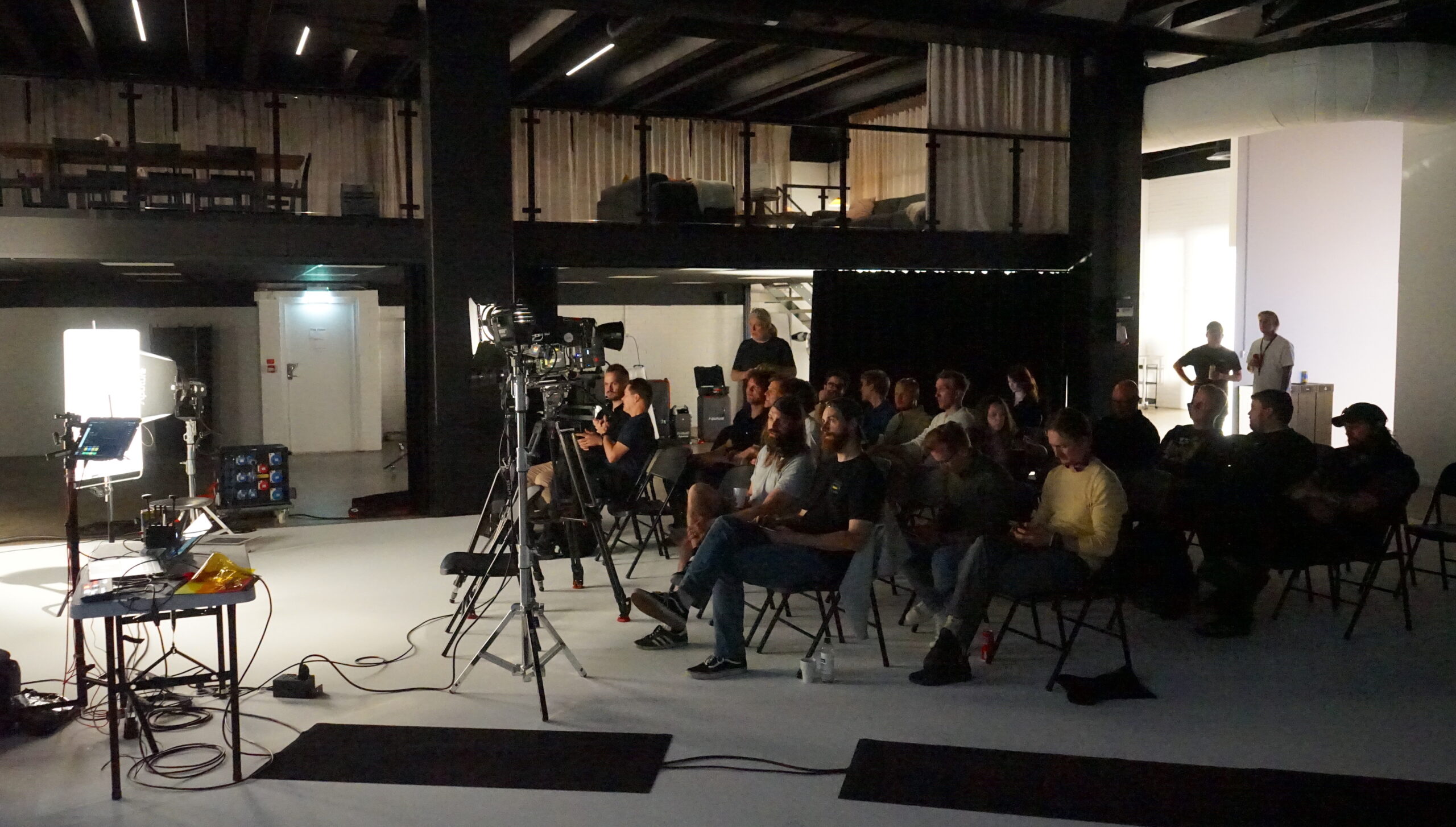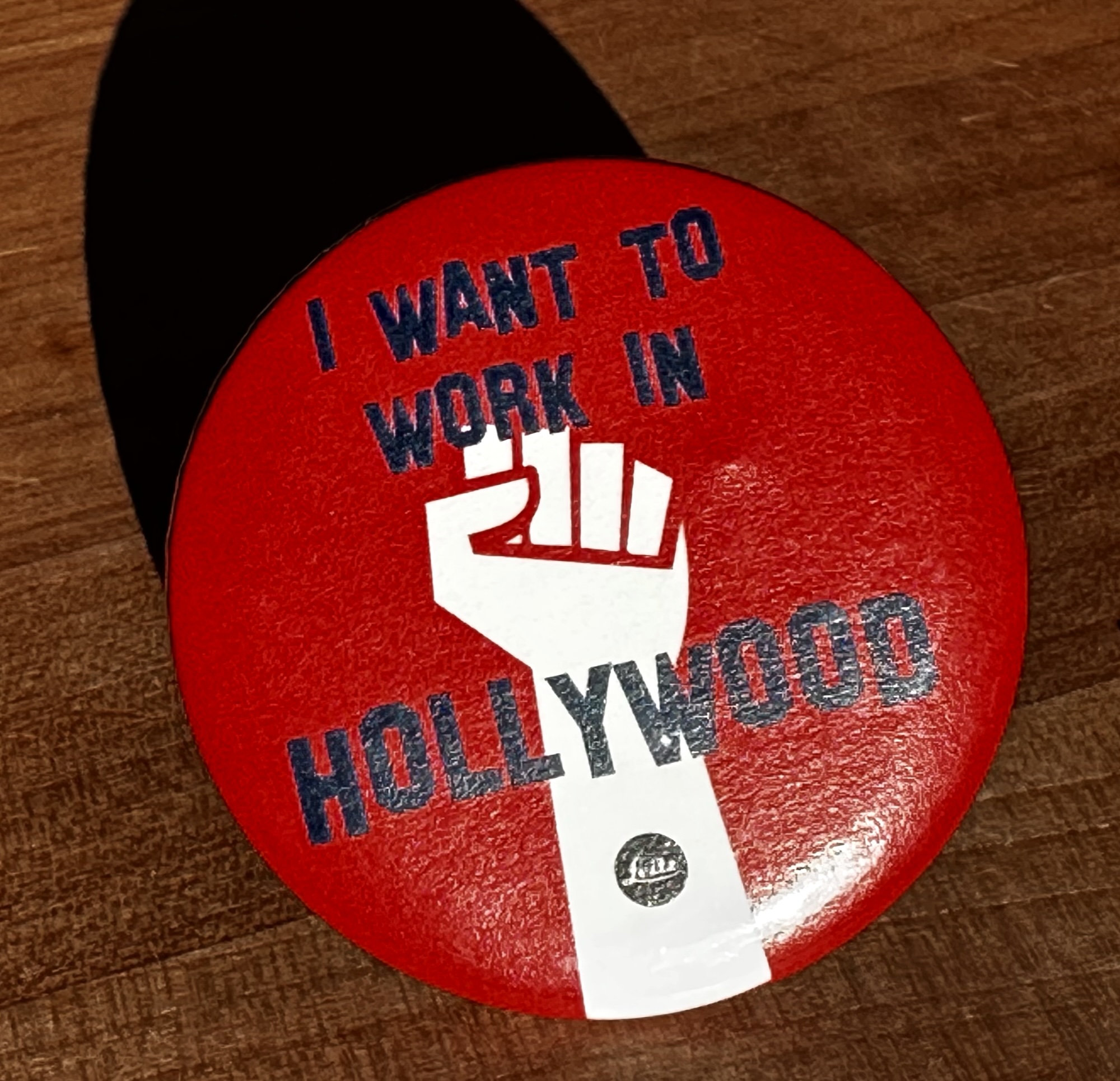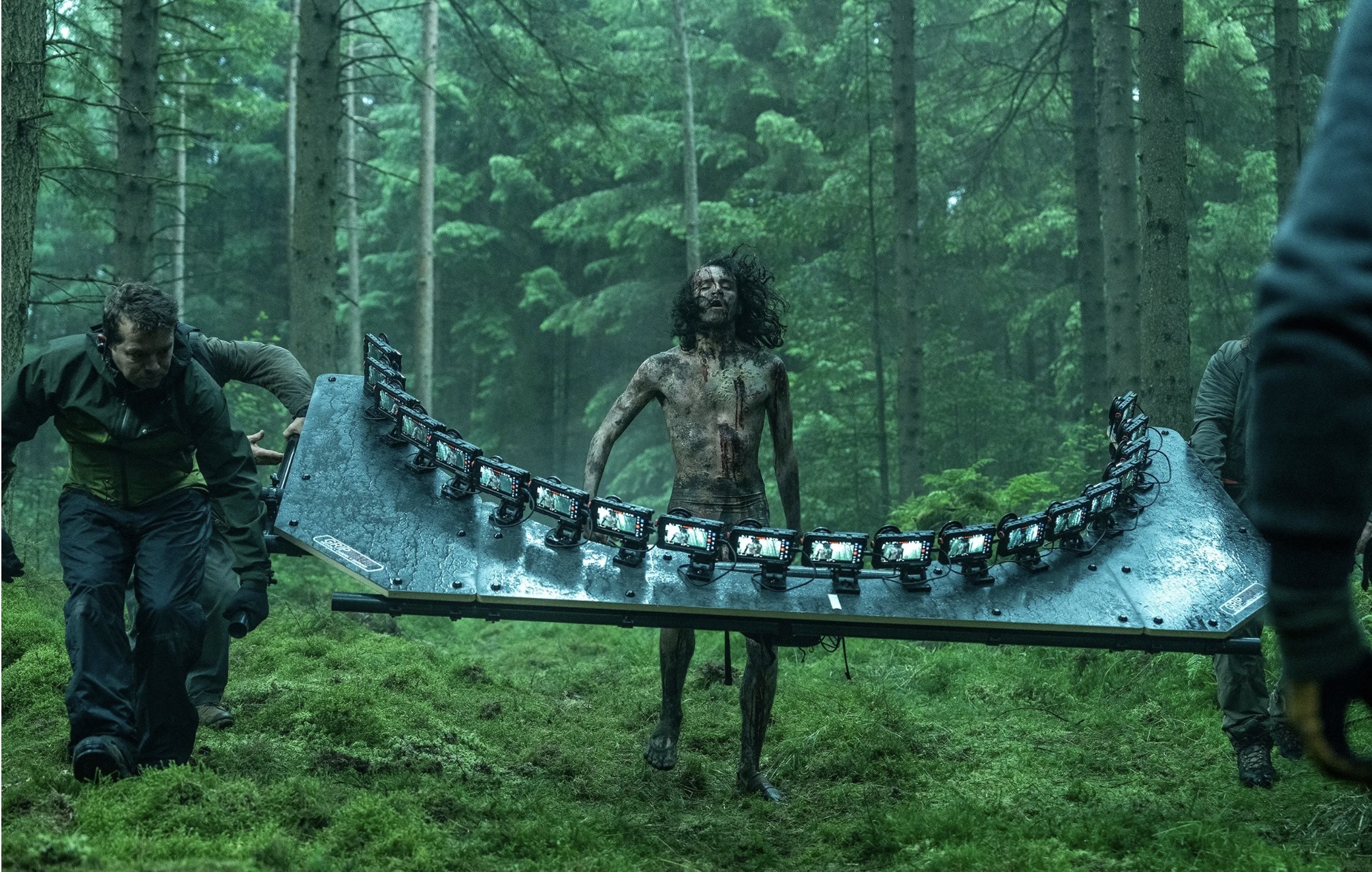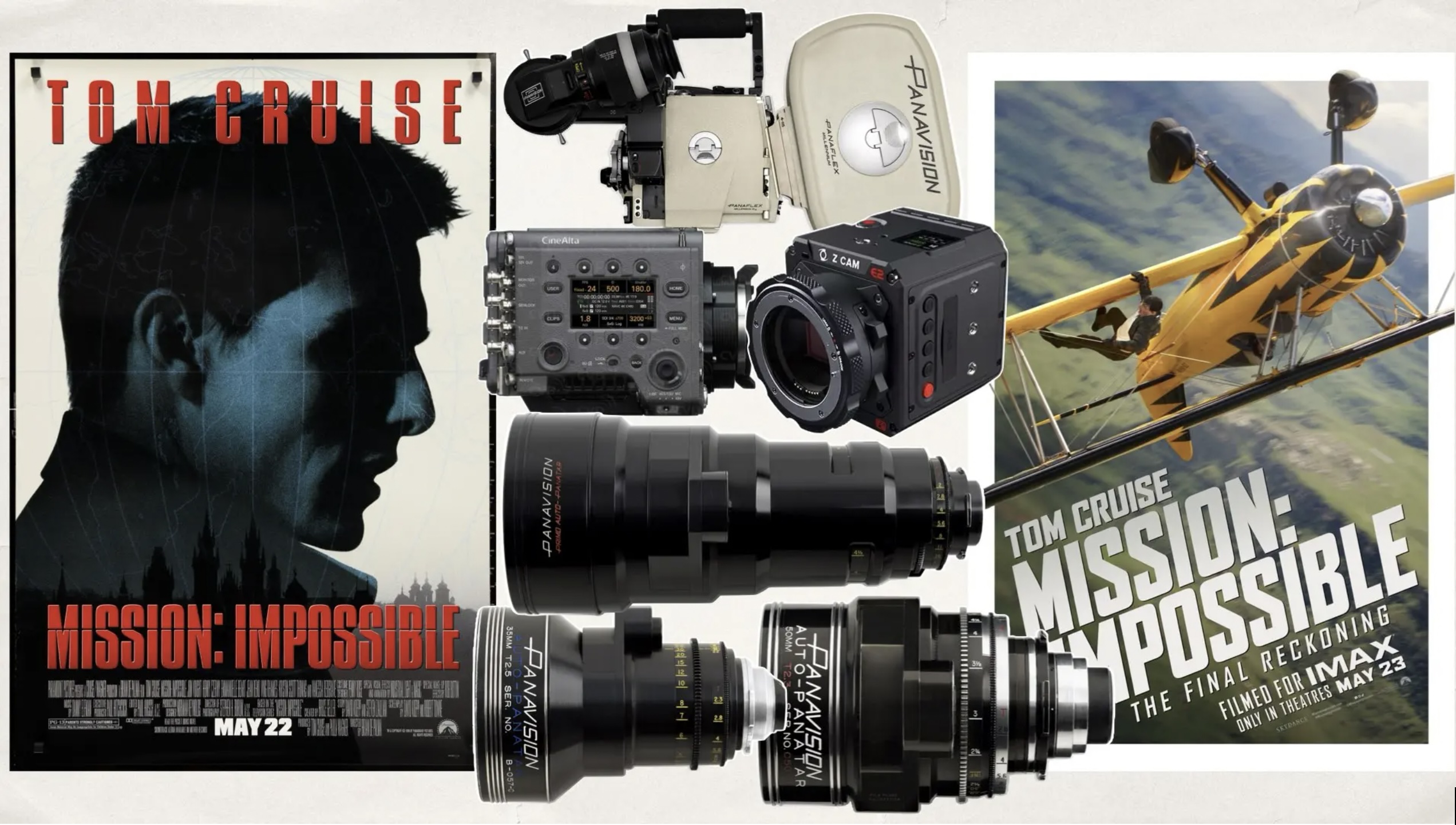Ny 16 mm film från Kodak för HD
At NAB in April Kodak is introducing the KODAK VISION2 HD System, a package of film and hybrid technologies designed to extend creative flexibility and improve efficiency in television production. The exhibit also features an array of startling images recorded on the new KODAK VISION2 Color Negative Films that leverage major advances in emulsion technology.
(March 03,2005)
Kodak has unveiled a Super 16 mm film system designed for cost-effective production of content in either standard- or high-definition television format here at the annual National Association of Broadcasters (NAB) conference. The KODAK VISION2 HD System packages a new type of film with advanced hybrid motion imaging processing technology utilizing proprietary Kodak color science.
“Our scientists designed this system to leverage breakthroughs in emulsion and film scanning technologies,” says Robert Mayson, general manager of Image Capture and vice president of Kodak ‘s Entertainment Imaging Division. “It enables cinematographers to maximize the unique production values and superior quality of a film look with the flexibility of using 16 mm cameras. The hybrid system allows filmmakers to maximize the efficiency of the motion picture workflow with today’s advanced technologies from pre- to post production.”
The new system combines KODAK VISION2 HD Color Scan Film 7299 used in conjunction with a KODAK VISION2 HD Digital Processor. The latter is a new post production tool used to adjust digital files of scanned film to emulate the imaging characteristics of any current Kodak negative, including grain, contrast and colors.Cinematographers can choose to rate the scan-only film for an exposure index (E.I.) of either 500 or 320. The new film offers an extended dynamic range and broader exposure latitude coupled with the sharpness and fine grain imaging characteristics similar to the 500-speed KODAK VISION2 5218/7218 Color Negative Film. In addition to mimicking the imaging characteristics of different emulsions, the system compensates for under- and over-exposure, as well as for variations in color temperatures. Mayson notes that it isn’t necessary to use color correction filters on camera lenses when shooting in natural or artificial daylight.
“We have received enthusiastic feedback from cinematographers who have tested the new system,” he reports. “They see it as a viable option for producing television documentaries and narrative programs with high production values at affordable costs.” Mayson notes that efficiencies include working with a single, multi-purpose film that inherently reduces short-ends and time needed for magazine changes. The system also provides creative control of the “look” throughout the workflow from preproduction through post production. The post production facility specified by a filmmaker will be provided with a KODAK VISION2 HD Digital Processor. A set of 640 pre-set look-up tables (LUTs) is
used during telecine transfer to emulate the imaging characteristics of all current Kodak Vision and Vision2 stocks and some of the older Eastman EXR films.
“The KODAK VISION2 HD Digital Processor saves time in post production by enabling the colorist to find the ideal starting point for a transfer more quickly,” Mayson observes.
The scanned images are between one light and best light quality. Those images can either be used as dailies, or an additional primary or secondary color correction session can be scheduled. KODAK Display Manager, a component of the system, ensures consistent and accurate monitor calibration, so everyone, including the director, editor and cinematographer, sees exactly the same images. A version of the KODAK Look Manager System can be used as an optional component with this system. This system allows cinematographers to previsualize looks in video space during preproduction, including emulating different filters, lenses, films and post production processes. They, in effect, create a recipe that can be shared with other members of the creative team, including the director, camera crew, film lab, dailies timer and the colorist, who will time the program. The recipe for the desired look can be sent to post
where it can be quickly and consistently re-created. “We believe that this system provides a compelling alternative for producers who want a film-look on an HD budget,” Mayson concludes. “It offers the additional advantage of originating your programs on a proven archival medium that is future proof, which will pay
dividends even if the produced content isn’t aired in HD format today.”
Mayson adds that the new HD film system is not a replacement for either the 35 mm format or the current line of Kodak color negative films. “This is simply another tool that gives producers more options and more flexibility,” he says.
The KODAK VISION2 HD System and KODAK VISION2 HD Color Scan Film are currently available .
The new Kodak film stock is a very low contrast, wide dynamic range OCN that has all the normal film charactisterics removed (transfer curves, etc) so that any look required can be applied in post. It’s 16mm at the moment, but 16mm is only half 35mm, so to speak…
This stock isn’t aimed at HD specifically, but the DI process, and is a fantastic development for image capture, making the most of the flexibility of the DI process from a film shot medium.
The Kodak processing equipment is a good idea, but any DI process will be able to work very well with this new stock.
Obviously, DoPs are really going to have to move into the DI suite… and if they have used Kodak’s Look Manager, this could easily help the DI process to match the desired image colourimetery very quickly, although Kodak need to do more work on the Look management System for this to be an easy reality.
The project name is chameleon. Apt, don’t you think…
I think this is a very interesting film development, and if understood by those using it could show some serious advantages over previosu OCN film stocks.
Steve Shaw
Digital Praxis Ltd.
www.digitalpraxis.net





